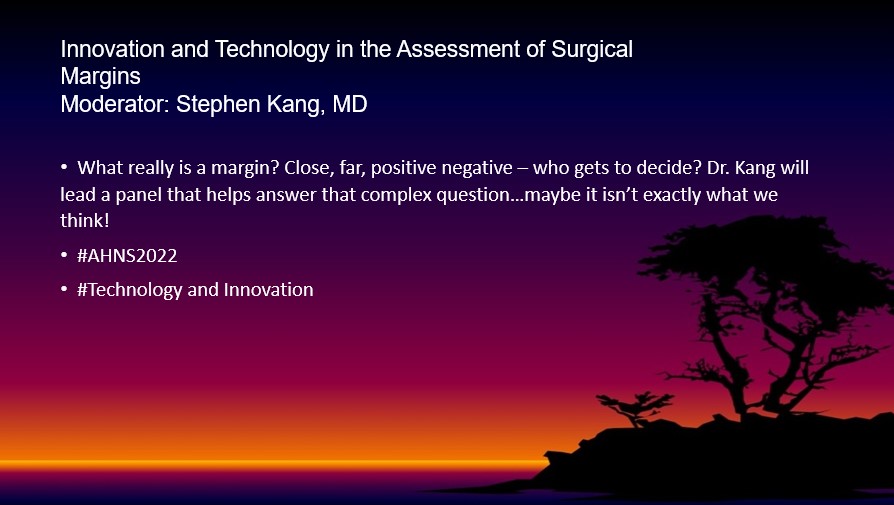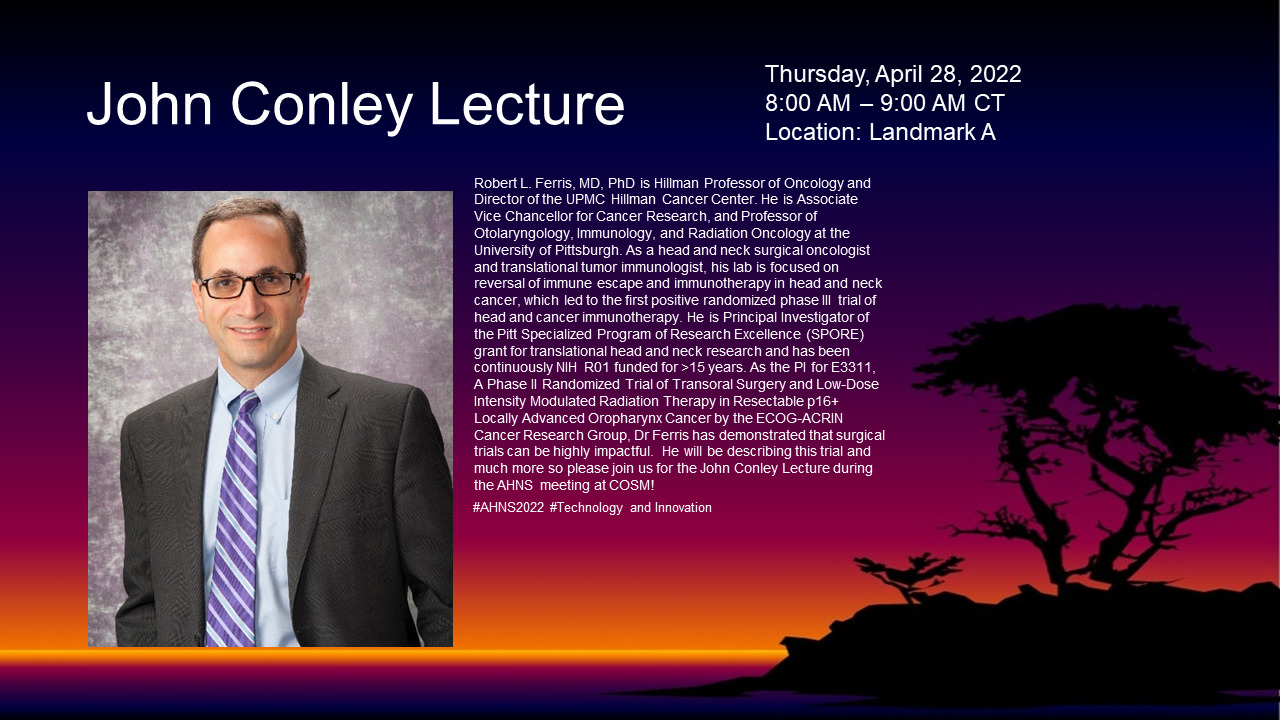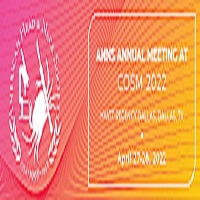Great Debate! SLNBx vs. MRND in Early Stage Oral Cavity Moderator: Susan McCammon, MD Panelists: Stephen Lai, MD & Eric Genden, MD
• Early Stage Oral Cavity Cancer – Neck no Neck? Let’s get ready to rumble. Dr. Genden representing the Upper East Side of NYC, the heavy weight contender taking on the down south phenom Dr. Lai. • Blows will be traded, data will be dropped. Judges Decision or Knockout? Come find out at Great Debate! …





